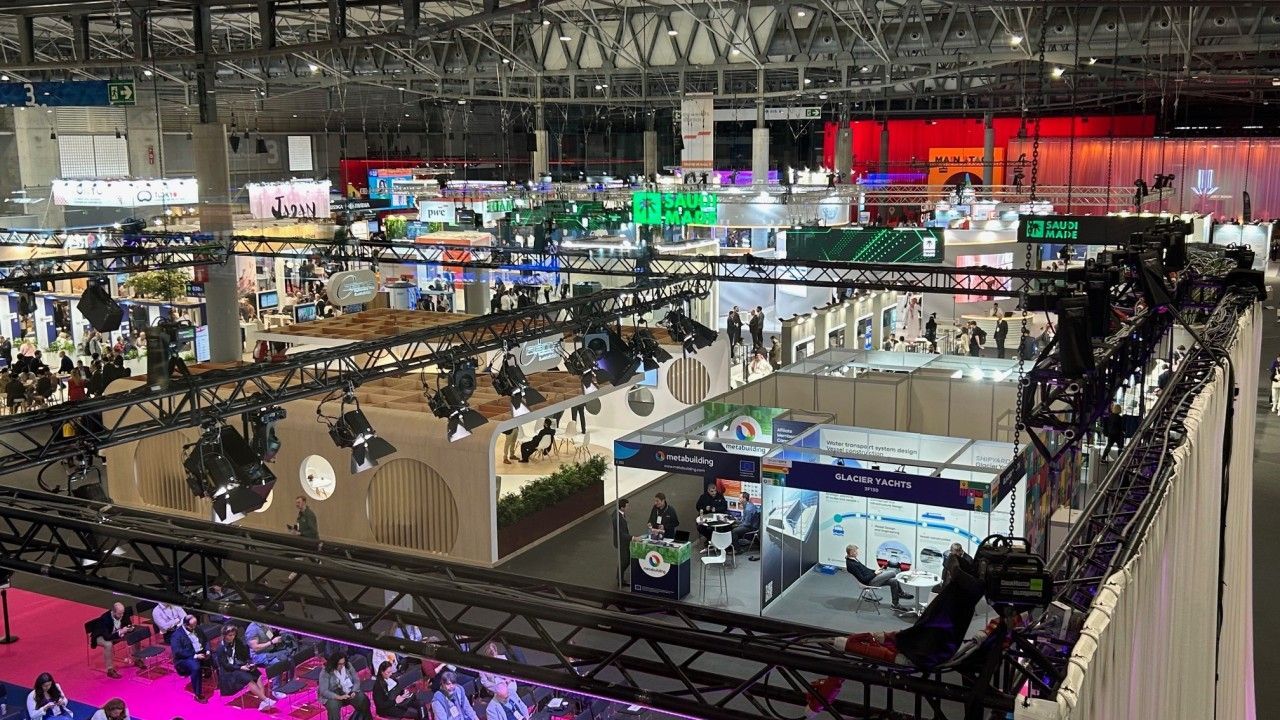INTERREG 2021-2027 launched: Local and regional cooperation programmes across the borders, in and outside the EU will received almost EUR 10 billion
Since 1990, the European Union promotes cooperation between cities, regions and countries to help their economic and social development and tackle the obstacle of borders. Interreg Europe is a cooperation programme, co-funded by the European Union and strives to reduce disparities in the levels of development, growth and quality of life in and across Europe’s regions. Originally, Interreg was developed as a Community Initiative with a budget of just EUR 1 billion covering exclusively cross-border cooperation. Later, Interreg has been extended to transnational and interregional cooperation. Now, in spring 2022 is approving the first programmes of the funding period 2021-2027.
There is always a discussion about the value added of cooperation programmes which are not directly linked to major investments. The value of co-operation is difficult to measure in economic terms. Cooperation develops between individuals and institutions over time. But isn't it smart to stimulate cooperation at a smaller scale first to develop partnerships and ideas which then may lead to investments covered by other national or European programmes?
In 2021-2027 programmes aim at contributing to implement EU’s cohesion policy main priorities:
- A more competitive and smarter Europe (PO1);
- A greener, low-carbon transitioning towards a net zero carbon economy and resilient Europe (PO2);
- A more connected Europe (PO3);
- A more social and inclusive Europe (PO4);
- A Europe closer to citizens (PO5)
In 2021-2027 Interreg has 2 new specific objectives:
- Interreg Specific Objective (ISO) 1 : A better Cooperation governance ;
- To enhance the institutional capacity of public administrations,
- To resolve legal and administrative obstacles in border regions,
- To promote sustainable democracy,
- To strengthen mutual trust among citizens.
- Interreg Specific Objective (ISO) 2: A safer and more secure Europe
- For actions in the fields of border crossing management, mobility and migration management, including the protection and economic and social integration of third-country nationals.
- To support employment and labour market measures such as improving access to employment, encouraging life-long learning, promoting gender balance and fostering equal opportunities.
As cooperation is the essence of the European Union, the regulatory provisions establish a much stronger link between Interreg programmes and Macro Regional Strategies and Sea Basin Strategies.
This “embedding principle” means that any
ERDF
funded programmes should be able to support cooperation actions.
Today, this European Territorial Cooperation (Interreg) is organised under four strands to make cooperation
happening everywhere in Europe and beyond.
1. Interreg Strand A : Cross Border Cooperation
With a budget of 6.5 billion EUR, cross-border programmes are implemented within the EU and at EU’s external borders.
- 49 programmes in the EU, making sure to turn some border obstacles into opportunities between EU Member States.
- 10 Interreg IPA programmes, which are operating at EU’s border with IPA countries. They are mainly contributing to the enlargement policy of the EU.
- 14 Interreg NEXT programmes, implemented at the borders with Neighbouring countries of the EU
2. Interreg Strand B: Transnational Cooperation
- 14 transnational cooperation programmes will continue to support cooperation activities at larger scale in Europe and beyond.
- 4 transnational programmes, namely Interreg Baltic Sea Region, Interreg Danube Region, Interreg IPA Adrion and Interreg Alpine Space programme will directly support the Macro Regional Strategies covering their geographical area. 80% of their thematic concentration should be align with a Macro Regional Strategy,
- Transnational programmes linked to Sea Basin Strategies, like Interreg Atlantic Area or Interreg NEXT Black Sea Basin also apply the thematic concentration
- Transnational programmes can benefit from additional funding from ERDF, IPA or NDICI.
3. Interreg Strand C: Interregional Cooperation
The interregional cooperation strand aims at boosting the effectiveness of cohesion policy by promoting exchange of experiences, innovative approaches and capacity building between regions (Art. 3(3) ETC Regulation (EU) 2021/1059).
For the period 2021-2027, four interregional cooperation programmes will continue:
Allocation for this strand amounts to more than EUR 550 million.
The strand C programmes cover all 27 EU member states. Norway and Switzerland will continue to be part of the programmes, as for 2014-2020, with their own funds.
Moreover, URBACT will cover 5 IPA beneficiary countries (Serbia, Montenegro, North Macedonia, Bosnia-Herzegovina and Albania). ESPON will, next to Norway and Switzerland, include Lichtenstein and Iceland.
4. Interreg D : Outermost Regions Programmes
With the new regulation 2021-2027, the specificities of the Outermost regions are recognised trough a specific strand (Strand D)
It helps those regions to cooperate with neighbouring countries and territories in the most efficient and simple way.
Calls for proposals can be launched for combined funding under the ERDF, the Neighbourhood, Development and International Cooperation Instrument (NDICI) established by Regulation (EU ) 2021/947 of the European Parliament and of the Council.
Strand D concerns 4 geographical areas:
- Amazonia, Caribbean,
- Middle Atlantic/Gulf of Guinea (MAC),
- Indian Ocean,
- Mozambique Channel.
The financial amounts represent 3.5% of the INTERREG amount or over EUR 280 million.
Watch promotional videos of the European Commission on INTERREG
Interreg for cooperation inside of the European Union
https://ec.europa.eu/regional_policy/videos/movie/interreg22/LR_I209944EN1W.mp4
Interreg for cooperation outside of the European Union
https://ec.europa.eu/regional_policy/videos/movie/interreg22/LR_I209943EN1W.mp4
Sources:
https://ec.europa.eu/regional_policy/en/policy/cooperation/european-territorial/
http://www.interreg.de/INTERREG2021/DE/Startseite/home_node.html

Policies and Governance for Resilient and Sustainable Cities and Regions









